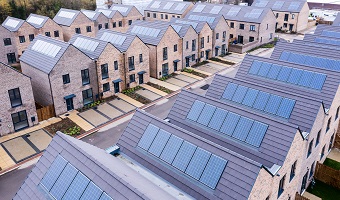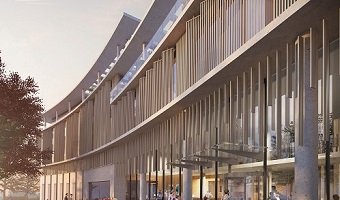Frustrations have built due to the magnitude of housing undersupply, acceleration of population growth, paradigm shifts in societal-technological-environmental context, and a sustained lack of meaningful consistent planning reform.
Click here to download a copy of our 2021 Residential Development Survey Findings
Our survey continues to indicate a high level of frustration with housing delivery. There is particular emphasis placed around land supply availability, raised construction costs, the restrictive nature of planning policy and the impact that community-led objections are having on local planning approvals.
These are well made and credible concerns.
The harsh truth is that the frustrations have built due to the magnitude of housing undersupply, acceleration of population growth, paradigm shifts in societal-technological-environmental context, and a sustained lack of meaningful consistent planning reform.
Cumulatively, this has created an unwieldy and complex housing crisis. The odds are significantly stacked against the most maverick of housing ministers understanding, identifying, and rolling out a meaningful solution to the UK’s housing crisis for the foreseeable future.
There are pockets of hope across the survey; access to mortgages, modular housing successes on a greater scale, the rollout of schemes through PDR office to housing, especially in London, a return to simpler brick housing design rooted in modernity, and a focus on raising living standards through place creation.
An unsurprising lead theme of the survey was the emphasis on us all to not underestimate or ignore the many concerns raised around living conditions that the pandemic accentuated. There is a need for the industry to quickly understand how these concerns can help inform future design and place, but also, how we can achieve greater integration of social value and culture within the granular aspects of new development.
The theme of greater brownfield site delivery has been highlighted by the government as a priority in opening up delivery. However, such land is often already positively allocated, and an absence of site activity can simply be due to the long-term effects of the economic downturn of 2007/8.
Positively, there has been a recent upturn in the amount of brownfield delivery but the unit numbers often only feed into housing targets from a decade before. A further hard ‘shake out’ of brownfield land may yet identify other opportunities, but this comes at a time when there is growing tension with modern employment land requirements.
“Covid-19 is still making people nervous”
The spectre of David Cameron and Eric Pickles legacy haunts the survey’s findings; deconstruction of regional policy and replacement with big society localism have negatively impacted the when, where, how and if of housing delivery. We note an ever-growing call for the reintroduction of a mechanism between central and local government, to lead housing number apportion and direction of spatial growth.
Integrate this with the distribution of strategic market-led employment sites and finally embrace the longstanding need for statutory comprehensive green belt reviews; and there’s potential for powerful structural governance which would resonant strongly with the levelling-up agenda.
While this is likely to be highly politically unattractive, the severity of the housing problem built up by successive governments is by far uglier. With a projected population increase of five million in the next 20 years, anything other than rapid movement towards greater authoritarian intervention and leadership will continue to merely prolong and sharpen the acuteness of the crisis.
Get in touch



Email me direct
To:
REGISTER FOR UPDATES
Get the latest insight, event invites and commercial properties by email







